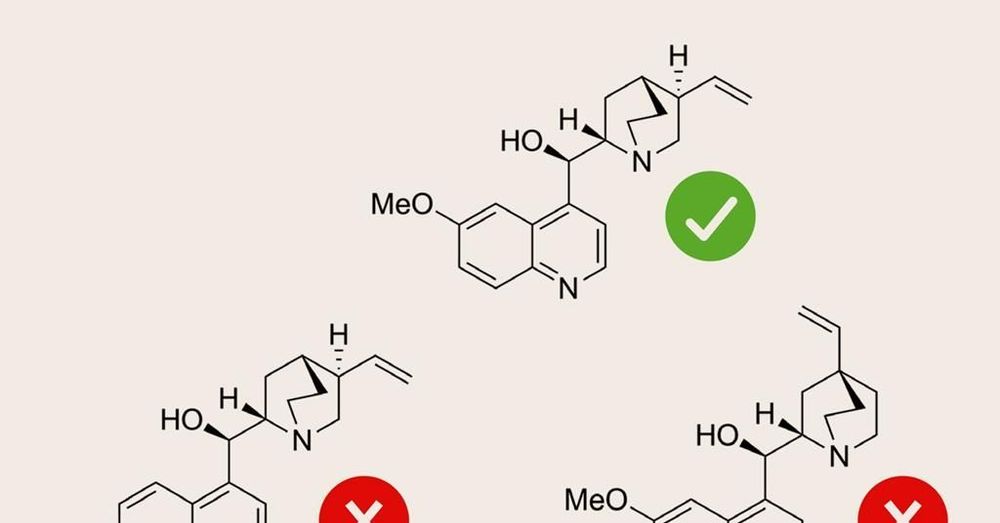
Posts on #ChemSky #research #industry #chemistry #publishing #science #academia
Prior to joining industry, I served academia for over 15 years.
Besides chemistry, I love cooking, fencing and long walks :-)
#ChemSky
Chemistry in the air, literally :)




Chemistry in the air, literally :)

Interesting paper that tried modular strategy starting with thiophene containing alpha ester group that yielded multi-susbstituted thiophene isomers.
#ChemSky
pubs.acs.org/doi/10.1021/...

Interesting paper that tried modular strategy starting with thiophene containing alpha ester group that yielded multi-susbstituted thiophene isomers.
#ChemSky
pubs.acs.org/doi/10.1021/...
www.taylorfrancis.com/chapters/edi...

www.taylorfrancis.com/chapters/edi...
#ChemSky
pubs.acs.org/doi/10.1021/...

#ChemSky
pubs.acs.org/doi/10.1021/...
I feel cheated in not getting the answer to this.. #chemchat
I feel cheated in not getting the answer to this.. #chemchat
#ChemSky
eCarbonyls, a scalable, metal-free electrochemical oxidation of alcohols that mimics key features of Swern reaction
pubs.rsc.org/en/content/a...

#ChemSky
eCarbonyls, a scalable, metal-free electrochemical oxidation of alcohols that mimics key features of Swern reaction
pubs.rsc.org/en/content/a...


link.springer.com/chapter/10.1...

link.springer.com/chapter/10.1...
Hybrid chemical & biological process that uses polystyrene as feedstock for production of adipic acid, a co-monomer for nylon 6,6 via benzoic acid.
#ChemSky
www.nature.com/articles/s41...

Hybrid chemical & biological process that uses polystyrene as feedstock for production of adipic acid, a co-monomer for nylon 6,6 via benzoic acid.
#ChemSky
www.nature.com/articles/s41...
A happy PhD scholar is a happy journey:
www.nature.com/articles/d41...

A happy PhD scholar is a happy journey:
www.nature.com/articles/d41...
From exploring French-style cityscape to scuba diving and paragliding — I did it all!
Back to work now, tackling a minor revision and diving into NMR dataset analysis. #touchwood




From exploring French-style cityscape to scuba diving and paragliding — I did it all!
Back to work now, tackling a minor revision and diving into NMR dataset analysis. #touchwood

#touchwood
#ChemSky
Eye detailing is the key!
Did you know that organic chemistry and bird watching are related?
#ChemSky

#touchwood
#ChemSky

#ChemSky
#ChemSky





